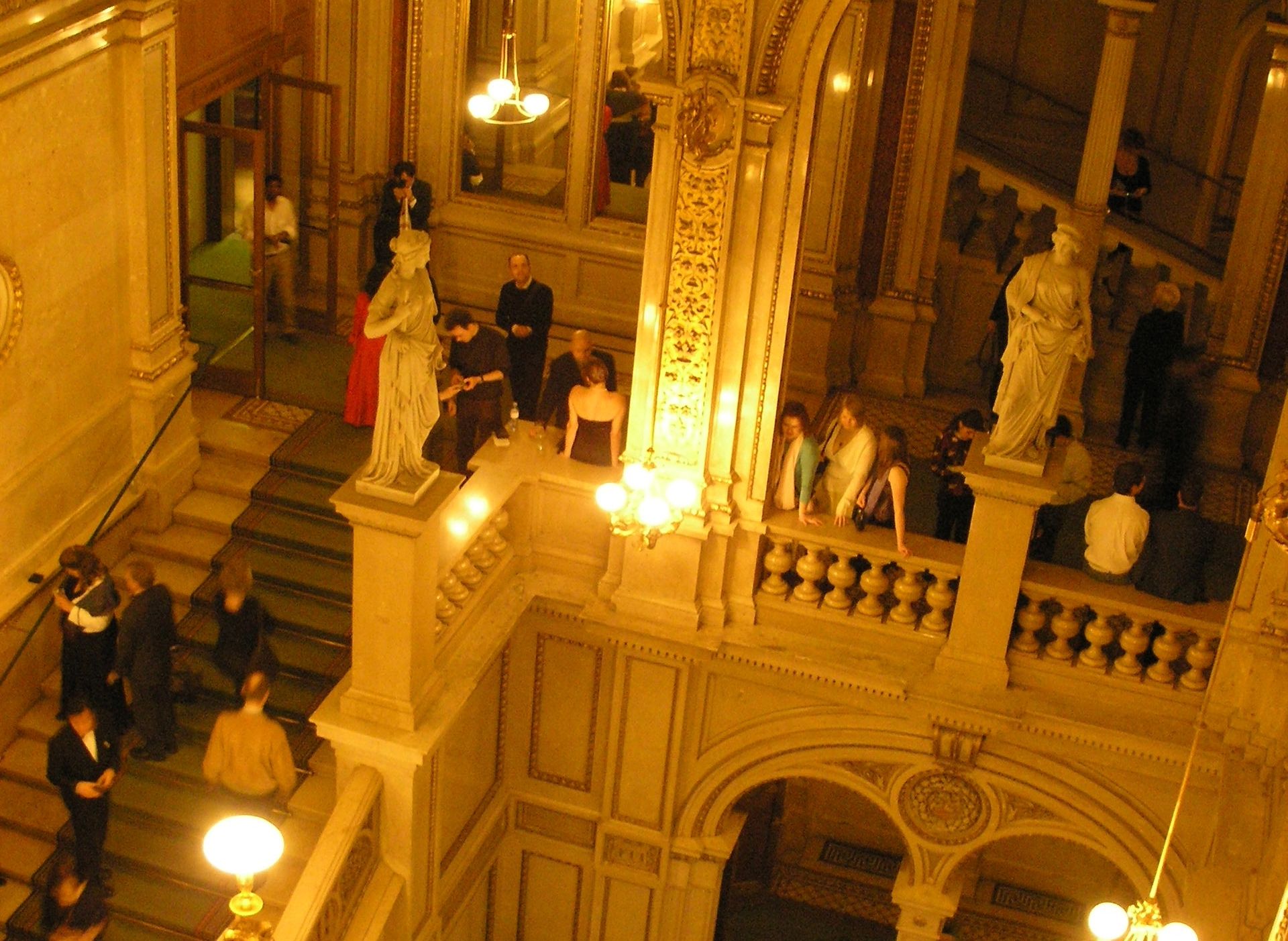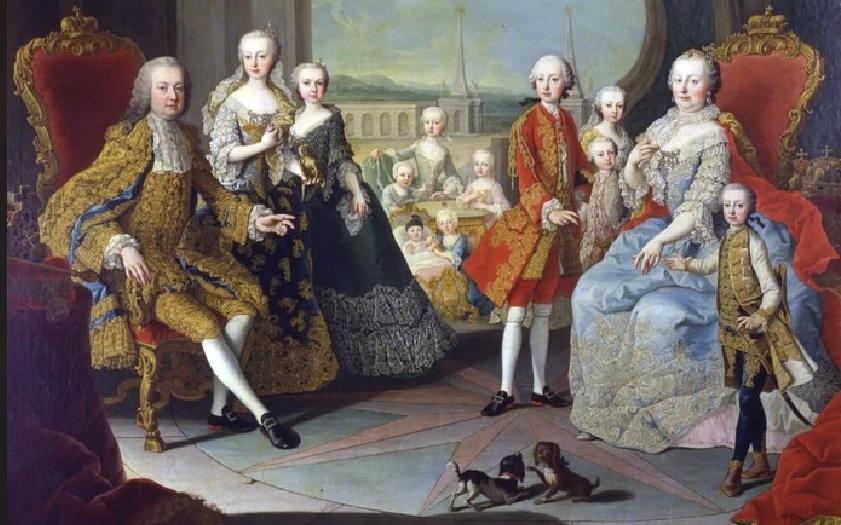With up to 5,000 visitors each year, the Vienna Opera Ball is one of the biggest cultural events of the year in Vienna. On February 9, 1956, for the first time in the Second Republic, the Vienna State Opera transformed into the most beautiful ballroom in the world. What important historical event forms the basis of the Viennese balls? What are the requirements to be allowed to open it? The legendary festivities and balls held on the occasion of the Congress of Vienna (1814-1815) form the basis of the many balls in Vienna . Since then, people in Vienna have been dancing and celebrating very exuberantly during carnival time (officially from 11.11. to Shrove Tuesday). With the exception of the revolutionary years in the mid-19th century, when no one felt like dancing, the demand for balls increased rapidly. The events at the Paris Opera served as a great model. However, Emperor Franz Joseph initially banned a dance festival in the Imperial and Royal Court Opera Theater, which opened in 1869. Hofoperntheater, which opened in 1869. He feared tumultuous scenes similar to those at the Paris Opera. The first ball was therefore held in the nearby “Gesellschaft der Musikfreunde” building. None other than Johann Strauss conducted as a guest. In 1877, the emperor finally gave his consent to a “soirée” in his court opera theater. Although the emperor himself was not present, three archdukes and a very large number of – mainly male – guests were. An extended concert was presented. Johann Strauss composed for it and conducted the now unfortunately lost “Reminiscences from Old and New Vienna”. The crowd was enormous and the fine sounds were almost drowned out. It was not until Eduard Strauss took the baton around midnight that the signal was given for the ball to begin. His specially composed opera soirée polka then also formed the highlight of the evening. The first “real” opera ball was finally held on January 26, 1935 , and immediately became the undisputed highlight of the carnival. It only came to a temporary end after the outbreak of the Second World War in 1940. When the State Opera was largely destroyed in March 1945, its reconstruction lasted until November 5, 1955. On February 9, 1956, it was once again: Alles Walzer! Only once since then has it been canceled: in 1991 because of the war in the Persian Gulf. For the Vienna Opera Ball, at which approx.. 5,000 guests participate, the opera is opened from the basement to the attic. There are, in addition to the ballroom, several restaurants, Heurigenlokale, a Viennese coffee, a disco and, most recently, a tattoo study. Even during the Opera Ball, the exclusive and originally preserved tea room is reserved exclusively for the artists of the State Opera and special guests, and another “Vienna Opera Ball” traditionally takes place in New York . Time Travel Tip: Experiencing a ball night in Vienna during the ball season is a very special highlight. In advance a few waltz dancing lessons is offered in many dance schools. Of course, the most traditional is at the Elmayer. More info: Tanzschule Elmayer, the most popular dance school in Vienna
Image source:
https://commons.wikimedia.org/wiki/File:Staatsoper_Vienna_006f.jpg



